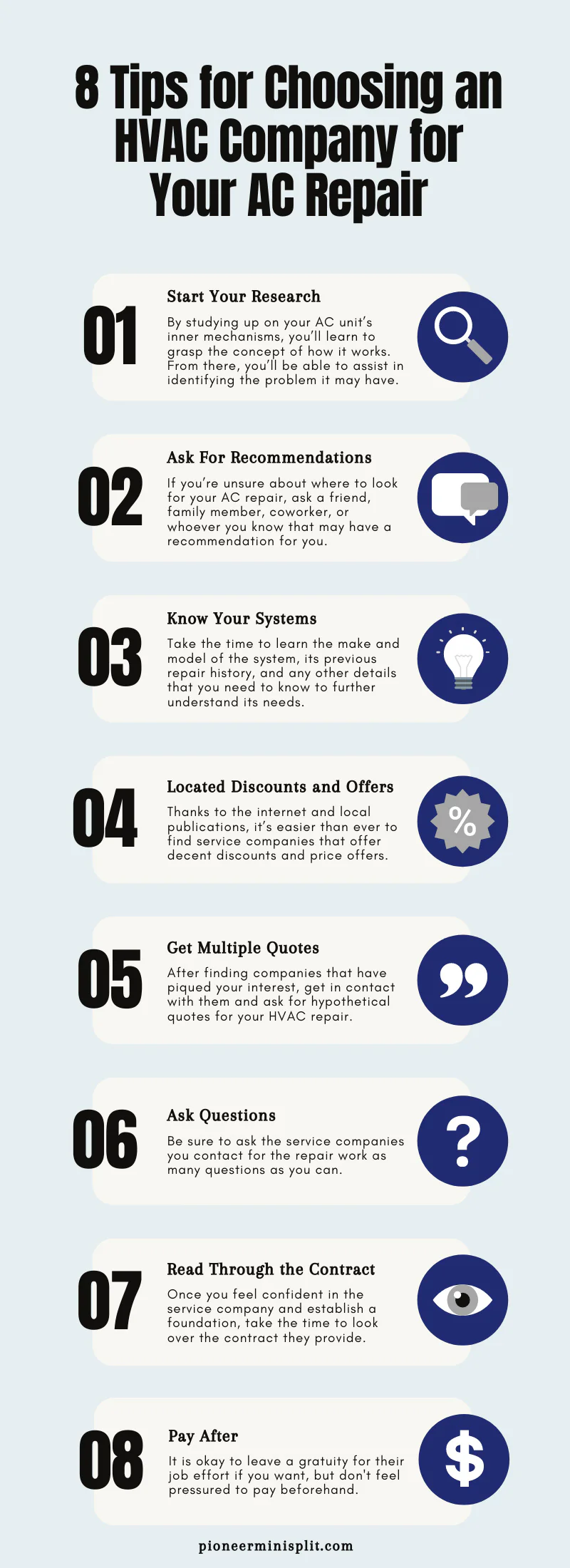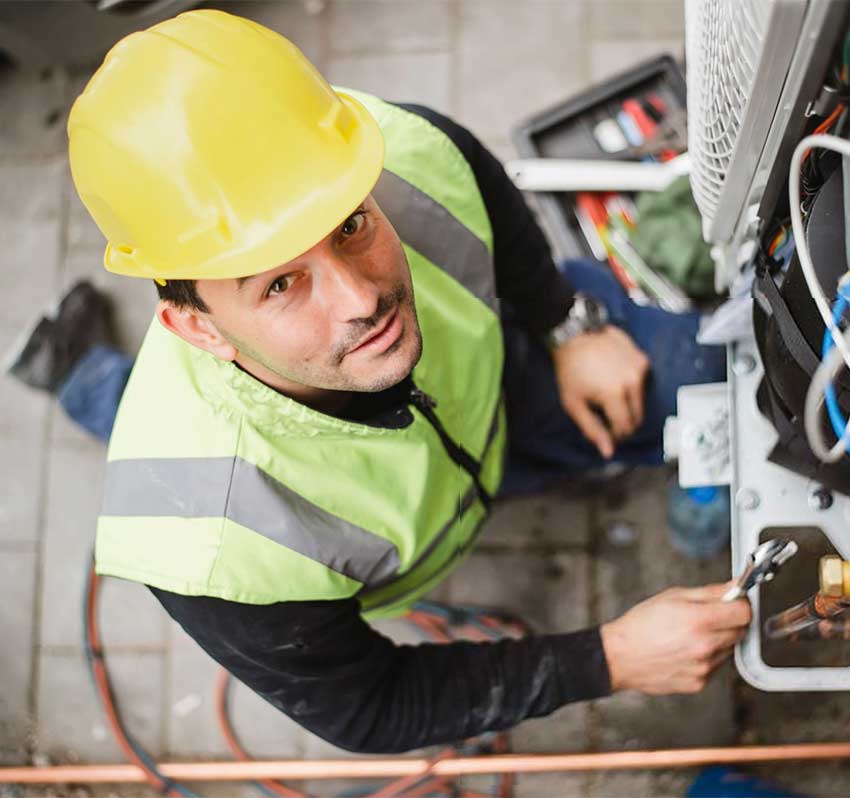1 Source Portable Air for Beginners
Table of ContentsSome Of 1 Source Portable AirMore About 1 Source Portable Air1 Source Portable Air Can Be Fun For EveryoneThe Single Strategy To Use For 1 Source Portable AirWhat Does 1 Source Portable Air Mean?
Although references might seem challenging to track, there are means to identify them promptly and effectively. On social networks, lots of individuals provide recommendations concerning a/c professionals that are reliable and specialist throughout an cooling installment, repair or maintenance job. Because other individuals can make remarks, the procedure of identifying whether or not a firm is worth seeking is never a hassle. Ask if any of them have actually had recent heating and cooling work done and whether their experience was acceptable. Several locals experience hold-ups when a/c unit services are required during time-sensitive situations. This is why each HVAC service's terms and policies have to be considered to make sure that the professionals will commute to the area or community where solutions are required.
A service that has developed a strong credibility generally has very experienced technicians that totally comprehend how to take on HVAC tasks that involve modern-day and classic devices. Experienced technicians must always be thought about throughout sophisticated repair and maintenance jobs since the treatments that educated experts execute are cost-effective. One more advantage is that experienced air conditioner company professionals never use improper replacement materials in order to simplify repair tasks.
See This Report on 1 Source Portable Air
People who presume you're an expert. Yeah, at NEXGEN Air, we're experienced a/c service technicians, however we understand that not everybody is. We're going to start this area off with the basics for every one of you out there. This is for true who have actually never ever had to manage a heating and cooling concern.
A/c means heating, air flow, and cooling. 9 standard parts comprise a complete central air conditioning and warm system. These elements are the furnace, the heat exchanger, the evaporator coil, the condensing system, cooling agent tubes, the thermostat, the ductwork, the vents, and the heatpump. (Don't worry! We'll explain these components thoroughly further down the checklist.) The heating system is your home heating system.
There are benefits and drawbacks to both, however we'll cover that in another section. You can locate your furnace hiding in your cellar, garage, or energy storage room. Your heater's main feature is to heat air and relocate into your air ducts to warm your home. (Fun truth: Heating systems are commonly misinterpreted for central heating boilers, however they're separate appliances). Here's a terrific instance of a new Lennox furnace in an energy storage room.
While the heating system pushes warm air right into your ducts, the warm exchanger is the one converting cold air into hot air. Another resident inside the furnace, the evaporator coil absorbs any heat from air passing over it to blow great air through your vents and right into your home. Your condensing system offers a similar purpose as your evaporator coil however you can find the condensing device outside, normally on the side of your home.
More About 1 Source Portable Air

Your heating, ventilation and a/c (A/C) system is one of the most important systems in your home, running silently in the background to manage interior temperature levels. Without HVAC, you would certainly be managing chilly temperatures in the winter season and unrestrainable warm in the summertime. Cooling and heating systems also ventilate your home, keeping the air quality healthy and balanced for your family to breathe.
(http://localdisplayed.com/directory/listingdisplay.aspx?lid=70161)Keep checking out to find out more about selecting the ideal a/c system. There are several efficient and budget friendly alternatives readily available for upgrading your heating and cooling (Portable AC rental). Selecting the ideal HVAC system for your home depends on many personal elements and preferences. A couple of things to think about include the type of system, energy performance and your budget.
Some Known Facts About 1 Source Portable Air.
Replacing your system with a similar arrangement is likely one of the most economical alternative. Various other factors to consider consist of the environment and weather where you live and what fuel sources are available. If you want to find out more regarding how a/c systems function in your area, ask neighborhood contractors for guidance for those in the Southeast, choosing the best air conditioner system is likely your leading priority.

Based on your information, they can aid you make the very best decision for your home. The right type of heating and cooling system depends on your requirements. Although some cooling and heating systems combine heating and air conditioning in one plan, others operate with different types of tools. Some A/c systems depend on ductwork, while others are ductless.
Cooling and heating systems are managed by a thermostat, where you can establish and keep track of temperatures. If you invest in a smart thermostat, you can change your Cooling and heating system over a phone application and incorporate it with various other smart innovation around your home.
The 2-Minute Rule for 1 Source Portable Air
You do not require a massive Air conditioning system to cool down a tiny home. To find the best option for you, establish the square footage of your home and after that contrast that with size graphes for the heating and cooling equipment. As an example, if you buy an a/c for a 900-square-foot home, general standards suggest a device with about 18,000 British thermal systems (BTUs).
